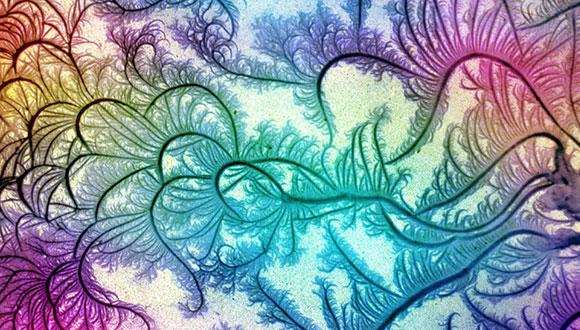Condensed Matter Seminar: Interdependent networks yield novel physical phase transitions
Shlomo Havlin, Bar-Ilan University
Zoom: https://tau-ac-il.zoom.us/j/84206493189
Abstract:
A theoretical framework for studying the percolation theory of interdependent networks will be presented. In interdependent networks, such as infrastructures, when nodes in one network fail, they cause dependent nodes in other networks to also fail. This may happen recursively and can lead to a cascade of failures and to a sudden fragmentation of the system. This is in contrast to a single network where the percolation transition due to failures is continuous. I will present analytical solutions based on percolation theory, for the order parameter (functional network) and cascading failures, for a network of n interdependent networks. Our analytical results show that the percolation theory of a single network studied for over 80 years is just a limited case, n=1, of the general and a significantly richer case of n>1. I will also show that interdependent networks embedded in space are significantly more vulnerable and have significantly richer behavior compared to non-embedded networks. In particular, we find that localized attacks of zero fraction but above a microscopic critical size lead to cascading failures that dynamically propagate like nucleation and yield an abrupt phase transition. I will finally show that the abstract interdependent percolation theory and its novel behavior in networks of networks can be realized and proven in controlled experiments performed on real physical systems. I will present very recent experiments that support the interdependent network theory on interdependent superconducting networks where we identified a novel abrupt transition due to microscopic interactions between the macroscopic systems although each isolated system shows a continuous transition.
References:
[1] S. Buldyrev, G. Paul, H.E. Stanley, S. Havlin, Nature, 464, 08932 (2010).
[2] J. Gao, S. Buldyrev, H. E. Stanley, S. Havlin, Nature Physics, 8, 40 (2012).
[3] A. Bashan et al, Nature Physics, 9, 667 (2013)
[4] A Majdandzic et al, Nature Physics 10 (1), 34 (2014); Nature Comm. 7, 10850 (2016)
[5] M. Danziger et al, Nature Physics 15(2), 178 (2019)
[6] B. Gross, I Bonamassa and S. Havlin, Fractal fluctuations at mixed-order transitions in interdependent networks, 129 (26), 268301 (2022)
[7] I Bonamassa et. al, Interdependent superconducting networks, Nature Physics (2023). https://doi.org/10.1038/s41567-023-02029-z
Event Organizer: Prof. Eran Sela


